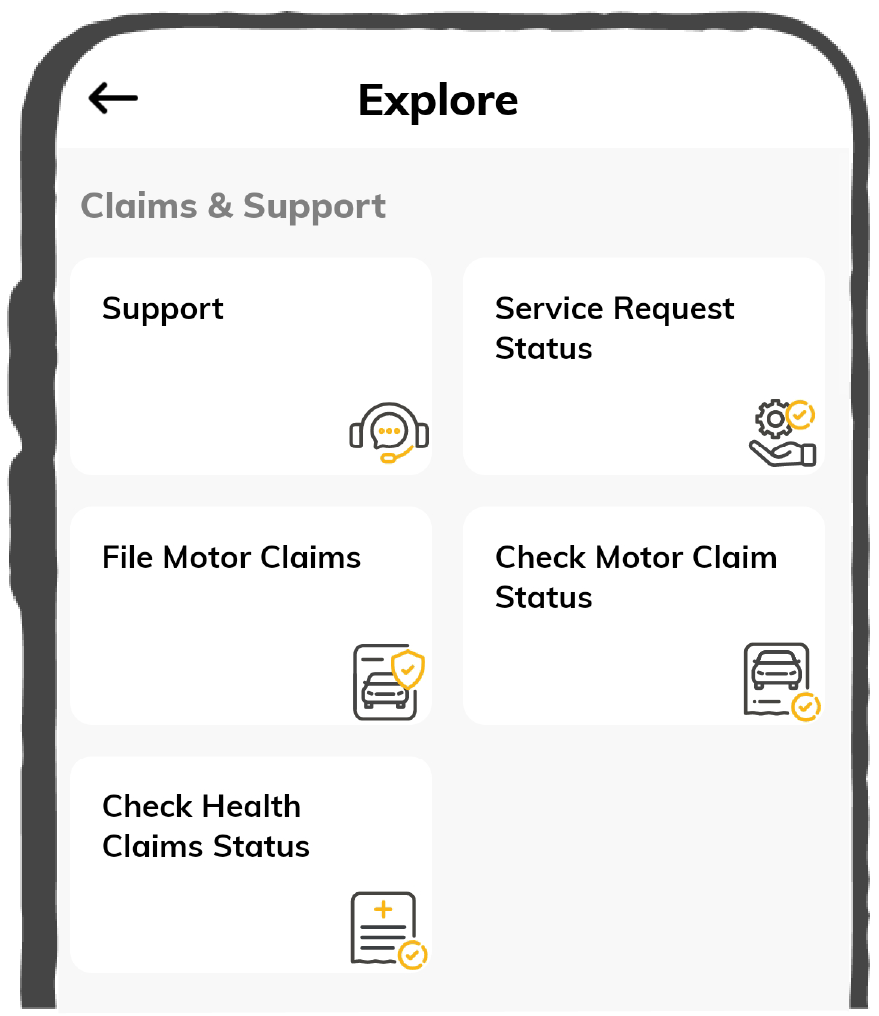Quick Claim Process

Affordable Premium

Accessibility Options

General

General Products
Simple & Transparent! Policies that match all your insurance needs.


37K+ Reviews
7K+ Reviews
Scan to download

Life

Life Products
Digit Life is here! To help you save & secure your loved ones' future in the most simplified way.


37K+ Reviews
7K+ Reviews
Scan to download

Claims
Claims
We'll be there! Whenever and however you'll need us.


37K+ Reviews
7K+ Reviews
Scan to download

Resources
Resources
All the more reasons to feel the Digit simplicity in your life!
 Tools & Calculators
Tools & Calculators


37K+ Reviews
7K+ Reviews
Scan to download

37K+ Reviews
7K+ Reviews
Select Preferred Language
Our WhatsApp number cannot be used for calls. This is a chat only number.

Enter your Mobile Number to get Download Link on WhatsApp.
You can also Scan this QR Code and Download the App.
Quick Claim Process

Affordable Premium


The cost accounting of most companies is based on the actual realization of money received and spent. Cash inflow represents revenue, and paid-off bills are expenditures. But not all companies work the same way. Some companies record accounting numbers that are based on accrued income.
You will have a better understanding of what is accrued income and how it works in this article. Keep reading further.
Accrued income is income that a business has earned but not yet received. It is considered an asset on the balance sheet of a company. The income which is accounted for but not yet realized is regarded for the same accounting period. Most of the funds and investments that earn income every year are a good instance of this type of income.
Accrued income method is useful for companies that sell goods and services to their customers on credit. It is often used in the service industry where customers are charged for work that has been completed.
Such income will be recorded on the accounting books when it is earned but before the cash has been received. During accrued income accounting, the expected revenue is matched or compared with the revenues earned rather than the cash actually received.
Both an individual and a company can have accrued income. For a company, it is mostly accrued revenue, whereas, for an individual, it is accrued income. A company considers accrued interest as an asset in the company’s balance sheet as it ensures future income for the company.
Accrued income is usually mentioned under the current assets section of the balance sheet in an accrued receivables account.
Following are some practical examples of accrued income or revenue which will help you understand the concept:
Accrued income or revenue reflects the potential income of the company during a financial year. This accounting method is mostly used by companies that offer their services on credit. When done correctly, accrued income accounting can help organizations identify probable financial problems and prepare a strategy accordingly.
A balance sheet is a company's financial report which mentions the company's assets, liabilities and equity to its stakeholders for a specific period of time. Accrued income is listed under the assets column of the balance sheet.
A balance sheet is a company's financial report which mentions the company's assets, liabilities and equity to its stakeholders for a specific period of time. Accrued income is listed under the assets column of the balance sheet.
Accrued interest is the amount of interest that accumulates on a financial liability such as a loan or debt but has not been paid off yet. Accrued interest is accrued revenue for the lender, whereas accrued expense for the borrower.
Accrued interest is the amount of interest that accumulates on a financial liability such as a loan or debt but has not been paid off yet. Accrued interest is accrued revenue for the lender, whereas accrued expense for the borrower.